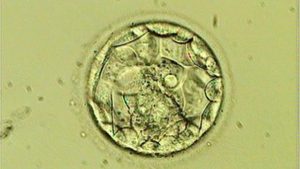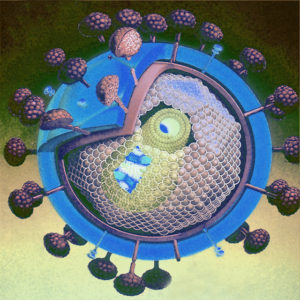
Saturation genome editing maps the functional spectrum of pathogenic VHL alleles
Abstract To maximize the impact of precision medicine approaches, it is critical to identify genetic variants underlying disease and to accurately quantify their functional effects.


















